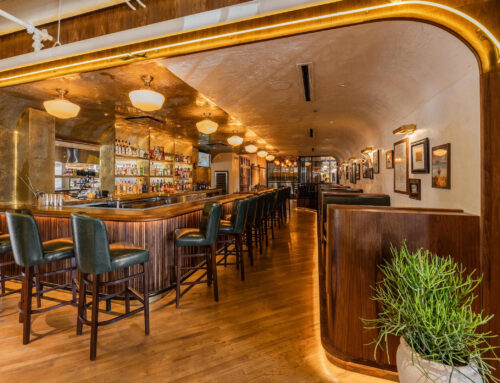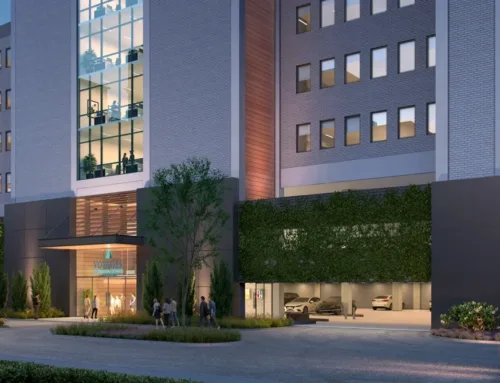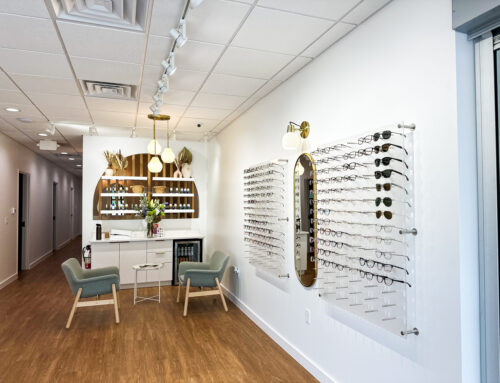Though the Lakewood Theater at 1825 Abrams has no protection in terms of historical or landmark designation, its owners have no intention of tearing down the iconic neon tower when the current tenant’s lease is up at the end of January.
“That’s one of the reasons we bought it,” says Craig Kinney, part of the of Willingham-Rutledge partnership that owns the southwest strip of the Lakewood shopping center. “We would absolutely do nothing on that tower or change the exterior. It’s a great asset to us. Everybody knows the Lakewood Theater.”
“We might want to make it look better,” Kinney continues, in terms of repairing and fixing up the facade, but guarantees that demolishing the theater isn’t going to happen. “The worst thing to do is upset everybody in Lakewood because that’s not going to help our tenants,” he says.
After word spread of the tenant change, someone launched a “Save the Lakewood” Facebook page, which has garnered nearly 4,000 likes within four days. Several people commented their support of initiating a zoning change to make the theater a City of Dallas designated landmark. That change includes a fee of $1,000 or more, depending on the property size, and filling out paperwork that demonstrates the significance of the structure based on historic events, architecture, unique visual features and other such criteria.
Mark Doty, who works with historic preservation in the City of Dallas, says nominating a structure “protects the building in the interim and gets the applicable materials to the [Landmark] Commission for review.” A nomination goes through several committees and commissions, then ultimately the City Council, before a building is designated a landmark, and the process can take a couple of years or so, Doty says. As Preservation Dallas’ David Preziosi has mentioned, having owner support makes things much easier because the process includes not only ensuring the preservation of the structure but also meeting the owner’s needs, Doty says.
In the Lakewood Theater’s case, the owners are in sync with neighbors who want to preserve the theater’s exterior. And that’s all the City of Dallas landmark program provides protection for.
“We don’t care who uses or what occurs to the interior, as long as it does not affect the exterior,” Doty says.
For neighbors hoping the Lakewood Theater’s interior will remain a theater, Kinney believes that is unlikely.
“There’s a very good chance it will be divided up,” he says. “We are talking to one possible tenant that would be a single tenant; he would do a restaurant as well as keep the theater. We’d love to make a deal with him because it makes it much easier with a single tenant.”
But the economics of operating a single-screen theater are tough these days, Kinney says, so the theater deal is “probably a long shot at this point.” When asked about it turning into office space or condos, Kinney quickly replies: “No way.” The most likely scenario is that the theater’s roughly 11,000 square feet would become three restaurants or a couple of restaurants and a retail space, he says. That’s the vision in a Good, Fulton & Farrell architectural rendering that has circulated, which Kinney says was created for marketing purposes and “has nothing to do with reality” because tenants have not been chosen.
Other than the theater operator, the owners are talking to “quite a bit of restaurants, Kinney says. They’re interested in our neighborhood and its demographics, which are “just improving so much all the time.”






